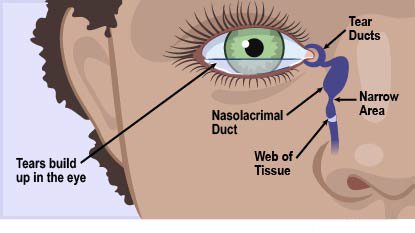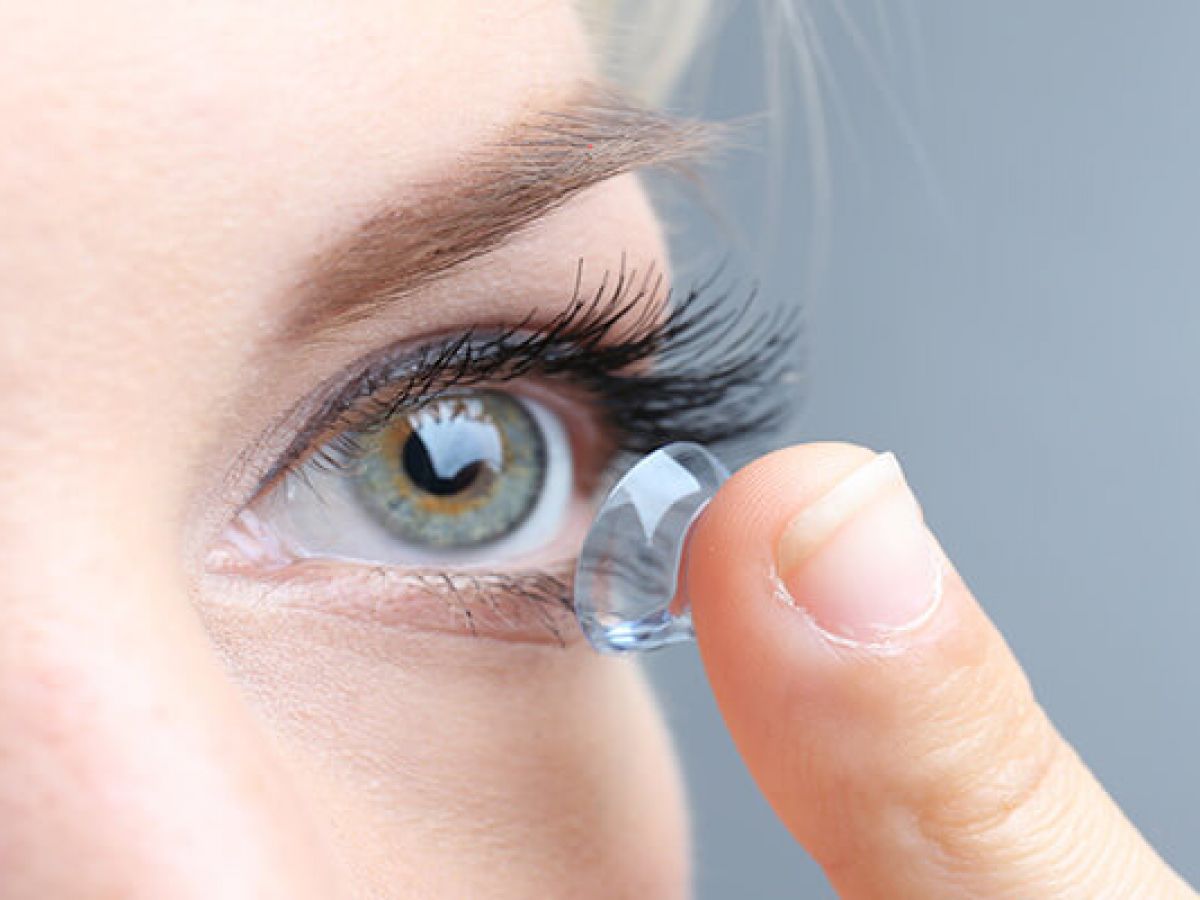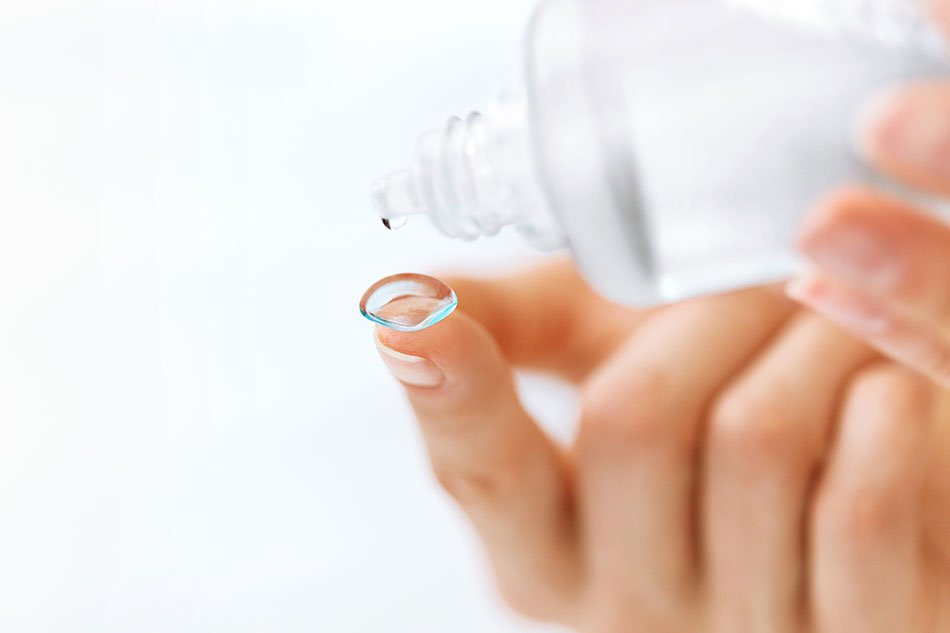Blocked Tear Ducts in Children
Tears help clean and lubricate your baby’s eyes. They’re made in the lacrimal gland which is located under the bone of the eyebrow. Tears from the lacrimal gland go into the eye through tiny ducts along the eyelid. Tears drain through 2 small openings at the inner corner of the eyelids. They then drain into a larger passage from the eye to the inside of the nose which is called the tear duct (nasolacrimal duct).
It’s possible for the tear duct to become blocked or clogged, preventing the eye from draining properly. If this happens to your child, it’s important to see a pediatric ophthalmologist as soon as possible to help restore the proper function and prevent damage to your child’s eyes.
What Causes a Blocked Tear Duct in a Child?
The most common cause of tear duct blockage is congenital nasolacrimal duct obstruction. This is when a baby is born without a fully developed nasolacrimal duct. Generally, this involves a duct that is too narrow or a web of tissue blocking the duct. Rarer causes of blockage may be nasal polyps or trauma to the eye area.

Signs of Blocked Tear Ducts
Babies don’t make tears until they are several weeks old so you or your baby’s healthcare provider may not notice a blocked tear duct at birth.
Symptoms can happen a bit differently in each child. They can include:
- Tears pooling in the corner of your baby’s eye
- Tears draining down your baby’s eyelid and cheek
- Mucus or yellowish discharge in your baby’s eye
- Reddening of the skin around your baby’s eye. This is caused by rubbing.
Your baby may only have symptoms when he or she cries, or when they’re exposed to cold or windy weather when tears are stimulated. It’s also possible for symptoms to mirror those of other common ailments, so it’s important for your child see his or her healthcare provider for a diagnosis.
Diagnosis & Treatment
Tearing and discharge during the first several weeks of life is a strong indication that your child has a blocked tear duct. If you notice these symptoms in your little one, reach out to your pediatric ophthalmologist as they can perform tests to confirm the diagnosis. Blocked duct symptoms can be similar to other disease symptoms like glaucoma. Seeing an eye specialist is the only sure way to get an accurate diagnosis and treatment regimen.
Treatment will depend on your child’s symptoms, age, and general health and it will also depend on how severe the condition is. The most common treatment for a blocked tear duct is gently milking or massaging the tear duct 2 to 3 times a day and your child’s healthcare provider will show you how to do this.
When obstruction does not resolve on its own and non-surgical treatments have failed, your doctor may recommend an operation. Surgery for tear duct blockage is usually performed on babies who have a serious infection, repeated infections or excessive tearing after about 6 months of age.
What are Possible Complications of a Blocked Tear Duct in a Child?
Sometimes a blocked tear duct may cause an eye infection and if this happens, your child may need antibiotics. Most blocked tear ducts heal on their own which often happens by the time your child is 1 year old. If the duct is still blocked after your child is 1 year old, he or she may need treatment. Your child’s healthcare provider may enlarge the tear duct opening with a small probe and sometimes this treatment needs to be done again. If this doesn’t work, your child may need surgery to fix the duct.
Tear Duct Blockage Surgical Procedures Include:
- Tear duct probing – Most children who need surgery will undergo a tear duct probing procedure. It takes about 15 minutes and involves a smooth probe (that looks like a wire) which the doctor guides through the tear duct and into the nose. Probes of larger diameters can be inserted to widen the tear duct system and free up the blockage.
- Silicone tube intubation – This method involves placing silicone tubes in the tear ducts to stretch them out. The tubes stay in for up to 6 months and then removed during another quick procedure.
- Balloon catheter dilation (BCP) – Like the other two blockage procedures, this one works by expanding the tear ducts to eliminate the blockage. In this case, doctors insert a balloon into the tear duct through an opening in the corner of the eye. Then they inflate the balloon so the tear duct expands. Once the blockage is eliminated, they deflate the balloon and take it out.
These procedures are typically short and performed on an outpatient basis. They do require a child to be put under anesthesia.
Are There Any Risks From Tear Duct Blockage Surgery?
Clearing a blocked tear duct is a very common and safe procedure but all surgeries come with risks, including infection, bleeding, or problems with anesthesia.
What to Expect After Surgery
The doctor will speak to with you after the procedure is done and will provide after-surgery instructions including the use of antibiotic drops or ointments.
Pain or Discomfort
Your child may have some pain in and near the operated eye. Ask your doctor if you can give your child any pain relief medicine.
Discharge From the Eyes
Your child’s tears and the discharge coming out of the nose may be stained with blood for a day or two. This is normal. There will also be some blood-stained discharge from the area that was operated on. If this happens, apply slight pressure to the operated area with a clean dressing. Tell your doctor if the discharge or bleeding continues for more than a couple of days or if the discharge becomes yellow or green.
Eye Patch
Your child does not usually need a patch after this surgery. If your child does get an eye patch, however, your child’s doctor will tell you when to remove it.
Tubes in the Eye
If your child has a tube placed in the tear duct, they will return to the doctor usually a few weeks or months after surgery to have it taken out while they are awake. Your doctor will give you instructions to follow while the tube is in place.
Follow-up Appointments
You will need to bring your child to a follow-up appointment one or two weeks after surgery. Check with your child’s doctor about when the follow-up appointment should happen.
Contact SightMD today to schedule an appointment with one of our doctors to discuss your child’s vision health at one of our convenient locations!

Bad Habits To Avoid When Using Contact Lens That Can Endanger Your Eyes
Contact lenses can change your world. While many people prefer the look and ease of glasses, others enjoy the freedom…

Are my reading glasses making my eyes worse?
Short answer- No Although we don’t know the exact mechanism by which humans have a decreased ability to focus…

Dos and Don’ts for Contact Lens Wearers
Contact Lenses & Eye Care Contact lenses are a safe and convenient way to correct your vision — as…